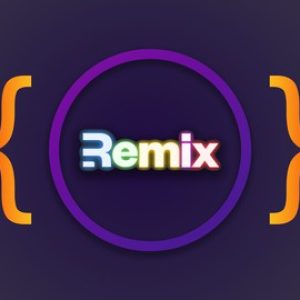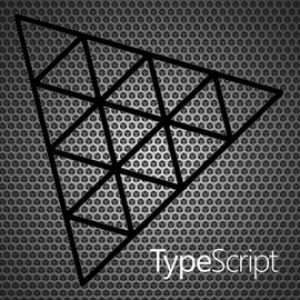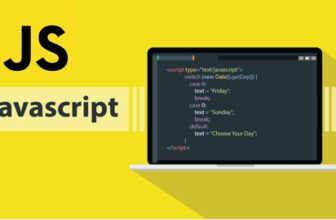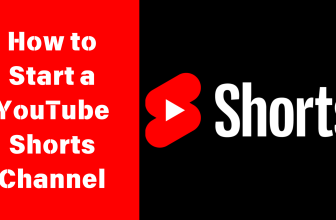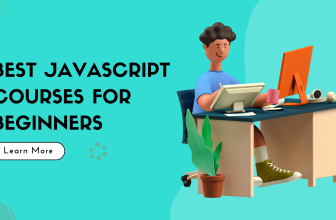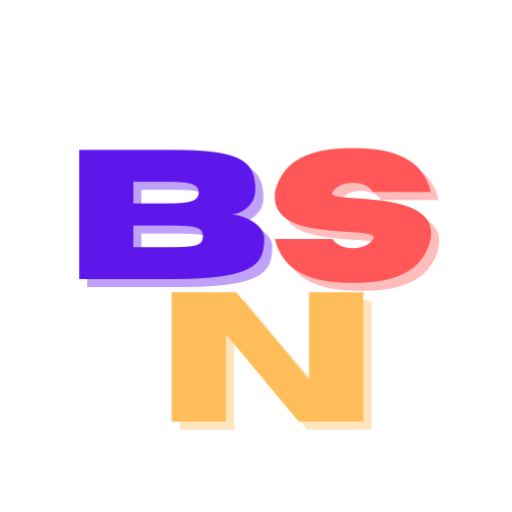This article offers a comprehensive guide to choosing the best React JS course. It covers essential factors like course level, teaching style, core topics, instructor expertise, format, and community support, helping readers find a course suited to their learning needs and career goals in modern web development with React.

The Modern React 18 Bootcamp – A Complete Developer Guide

Complete guide to building an app with .Net Core and React
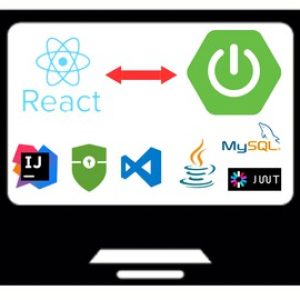
Spring Boot 3 & React JS: Full-Stack Project Development

REACT JS For Beginners with Redux, Firebase & TypeScript

React for Beginners – From HTML CSS & JavaScript to React.js

Mastering Next.js – Build Airbnb Clone from Scratch (2024)
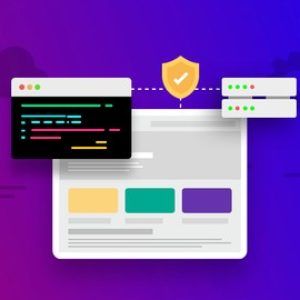
Microservices with Node JS and React
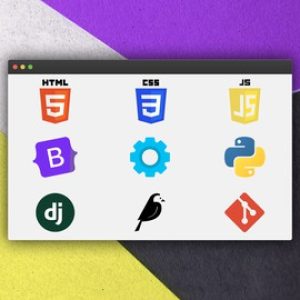
The Ultimate 2024 Fullstack Web Development Bootcamp

React and Typescript: Build a Portfolio Project

Next JS: The Complete Developer’s Guide

React Advance Component Composition – Typescript

NextAuth v5 Credentials with Next 14 App Router & TypeScript

Hello React – React Training for JavaScript Beginners

The Complete React Developer Course (w/ Hooks and Redux)

HTML, CSS, JavaScript, ReactJS, NodeJS from Zero to Expert

React JS Bootcamp 2024: Build 1 Projects and Get Job-Ready

React Mega Course – Learn React and then build 6 projects

Tailwind CSS From Scratch | Learn By Building Projects

Typescript: The Complete Developer’s Guide

React js &Next js: Became Full Stack web Developer

BUILD THE BEST ECOMMERCE WEBSITE EVER with REACT JS NEXT JS

50 Projects In 50 Days – HTML, CSS & JavaScript

React Hooks Tutorial – Master React Hooks Development

React JS 2024 Build Complete AI Powered Movie Application

React Query / TanStack Query: React Server State Management
![The Ultimate Redux Course 2023 - [LATEST Redux-toolkit]](https://bestsellersnews.com/wp-content/uploads/2024/11/theultimatereduxcourse2023-latestredux-toolkit-300x300.jpg)
The Ultimate Redux Course 2023 – [LATEST Redux-toolkit]
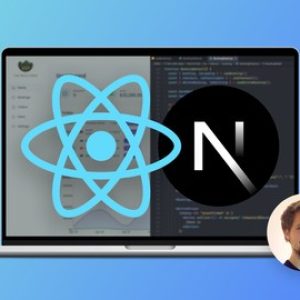
The Ultimate React Course 2024: React, Next.js, Redux & More

React Hook Form: The Complete Guide with React (2024)

The complete React 18 Fullstack course ( 2024 edition)
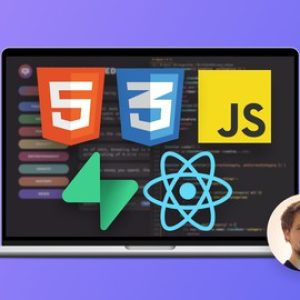
Crash Course: Build a Full-Stack Web App in a Weekend!

React JS: React with Modern Hooks and Context

Learn to build an e-commerce store with .Net, React & Redux

Mastering React JS: A Hands-On Course for Web Developers

Vue – The Complete Guide (incl. Router & Composition API)

React 18 Course 2024:React JS For Beginner

React js. From the beginning. w/ Redux and React Router

Hands-On React Bootcamp: Build 30 Real World Projects

Advanced React: Design System, Design Patterns, Performance
Best Courses to Learn React JS
Introduction to React JS and Its Popularity
React JS, developed by Facebook, is a powerful JavaScript library that has rapidly become one of the most popular choices for building modern web applications. Known for its performance and efficiency in building user interfaces, React has a vast community and robust ecosystem. From simple projects to complex applications, companies and developers rely on React to create interactive, scalable web experiences. For those interested in a career in web development or expanding their skill set, learning React is an invaluable step.
Why Choose a Course to Learn React JS?
Whether you’re new to JavaScript or a seasoned developer, a well-structured course can significantly speed up your learning curve with React. Here’s why taking a course is beneficial:
- Structured Curriculum: A course typically follows a structured approach that covers essential React concepts step-by-step, minimizing confusion for beginners.
- Hands-On Projects: Courses often include hands-on projects, which allow learners to apply theoretical concepts and gain practical experience.
- Access to Industry Knowledge: Courses are often taught by professionals who bring their real-world experience into the curriculum, offering insights that may not be easily found in free tutorials or documentation.
Key Factors to Consider When Choosing a React JS Course
Before selecting a React JS course, consider the following factors to make sure it aligns with your learning goals.
1. Course Level: Beginner, Intermediate, or Advanced
- Beginner: Ideal if you are new to React or have minimal experience with JavaScript frameworks. Beginner courses usually start with the basics of JavaScript and then gradually introduce you to React’s core concepts.
- Intermediate: Suited for those who have some experience with JavaScript and basic knowledge of web development. Intermediate courses often cover more advanced React features and patterns.
- Advanced: Best for developers who want to specialize in React or gain a deeper understanding of the library. Advanced courses may delve into performance optimization, server-side rendering, and other complex topics.
2. Core Topics Covered in the Course
The best courses for learning React JS will cover essential topics that provide a thorough understanding of the framework. Here are some core topics you should look for:
- JSX: Learning how to write HTML in JavaScript, a core feature of React that makes it unique.
- Components and Props: Understanding reusable components and passing data through props is crucial.
- State Management: Look for courses that explain managing state in React, including local component states and more advanced techniques.
- React Hooks: Hooks like
useStateanduseEffecthave changed how React is used. Modern courses should thoroughly explain hooks. - Routing: How to navigate between different pages within a React app, commonly using libraries like
React Router. - Context API: Helps in passing data across multiple components without having to prop drill, especially useful in larger applications.
- Styling: Various styling options in React, including inline styles, CSS Modules, and libraries like Styled Components.
- Redux or Other State Management Libraries: Advanced state management options for more complex apps.
- Testing: Testing components with tools like Jest and React Testing Library.
3. Teaching Style: Theory vs. Practical
Understanding the teaching approach of a course is key to selecting one that aligns with your learning style:
- Theory-Heavy: Some courses focus on deepening your theoretical understanding, covering the why behind React’s design and best practices.
- Project-Based: These courses are highly practical, focusing on building applications from scratch. This can be beneficial for learners who prefer hands-on experience.
- Balanced Approach: Courses that blend theory with practical projects can provide a well-rounded experience, making it easier to understand the concepts and apply them.
4. Instructors’ Credentials and Experience
When choosing a course, it’s important to research the instructor’s background. Look for instructors with:
- Industry Experience: Instructors with hands-on experience bring valuable insights and practical advice, particularly in applying React to real-world scenarios.
- Teaching Background: A skilled instructor knows how to explain concepts clearly and organize the content logically.
- Community Engagement: Some instructors are very active in their course communities, offering additional support, answering questions, and sharing resources.
5. Course Duration and Depth
The length of the course and the depth of coverage can be a crucial factor, especially if you have time constraints:
- Short Courses: Ideal for gaining a quick overview of React or brushing up on specific skills.
- Comprehensive Courses: These may run for several hours or even weeks, covering every aspect of React. Such courses are valuable if you’re aiming for a deep understanding or professional-level knowledge.
6. Updated Curriculum
Since React is frequently updated, you’ll want to ensure the course is current. Look for courses that cover the latest features, such as:
- React Hooks: The latest way of managing state and lifecycle in React.
- Functional Components: Modern courses focus on functional components rather than class components.
- Concurrent Mode: Advanced React feature that optimizes rendering by deferring updates.
Check the course’s last updated date to make sure it includes these newer concepts.
7. Course Format: Video, Text, or Mixed
While most React courses are video-based, other formats can also enhance the learning experience:
- Video: Most courses are video-based, which is ideal for visual learners.
- Text-Based Guides and Documentation: Some courses supplement video content with written materials, which can be useful for reviewing complex topics.
- Interactive Coding Exercises: Certain courses provide live coding environments to practice React concepts as you learn, enhancing your hands-on experience.
8. Support and Community
Look for courses that offer additional support beyond the core content, such as:
- Q&A Sessions: Some platforms provide Q&A features, allowing students to ask questions directly.
- Community Forums: Being part of a learning community can be helpful for networking and receiving support.
- Project Feedback: Courses that include feedback on projects can help you understand your strengths and areas for improvement.
Additional Resources to Supplement React Courses
Besides a course, you can deepen your understanding of React with additional resources:
- React Documentation: The official React documentation is an invaluable resource, often recommended even by instructors.
- React GitHub Repository: For those interested in contributing or understanding React’s internal workings, GitHub is a valuable resource.
- Online Communities: Platforms like Stack Overflow, Reddit’s r/reactjs, and Dev.to provide communities where you can discuss issues, ask questions, and share insights with fellow learners.
Common Pitfalls When Learning React (and How to Avoid Them)
Learning React can be challenging, especially if you’re new to web development. Here are some common pitfalls to be aware of:
- Skipping the Fundamentals: Without a strong foundation in JavaScript and ES6, React can be difficult to grasp.
- Overloading on Libraries: Resist the urge to install too many libraries early on. Focus on core React concepts before diving into additional tools like Redux.
- Ignoring State Management: State management is crucial in React, so invest time in learning it thoroughly. Understanding local state is essential before advancing to complex libraries.
- Not Practicing Enough: While understanding concepts is essential, building projects will reinforce your knowledge and make it easier to retain.
Conclusion: Choosing the Right React Course for You
When selecting a React JS course, prioritize your current level, learning style, and goals. With React’s continuous growth and high demand in the job market, investing time in a quality course will provide valuable returns on your skill set. Remember that a course is just the beginning—building projects and staying updated with new React features will solidify your understanding and help you stay relevant in this fast-evolving technology.
